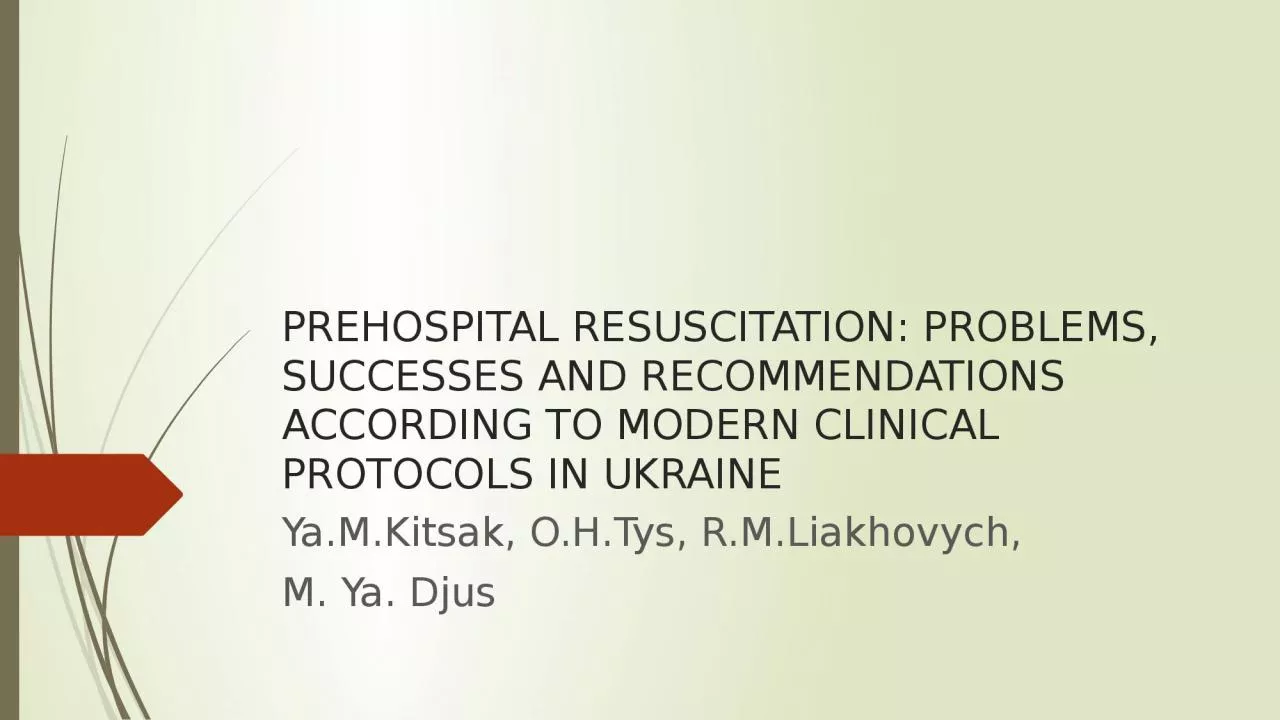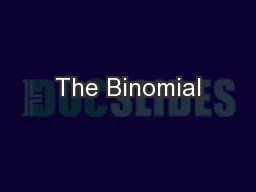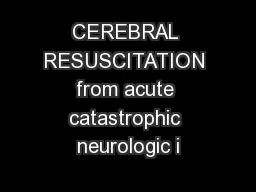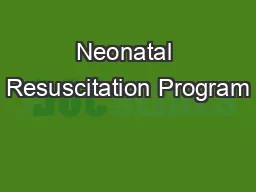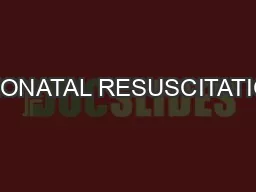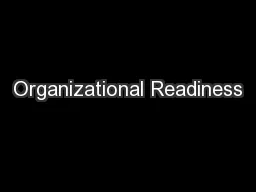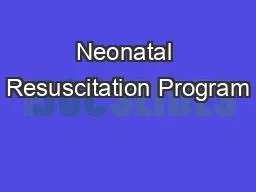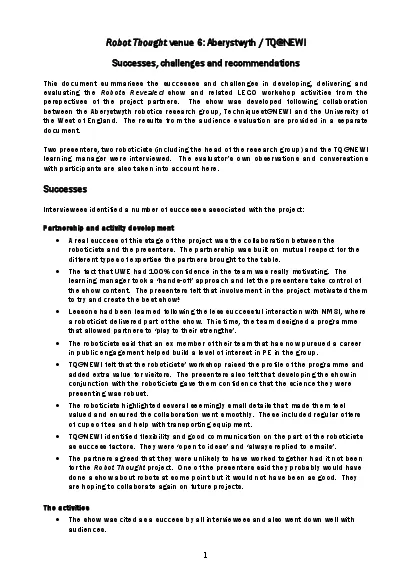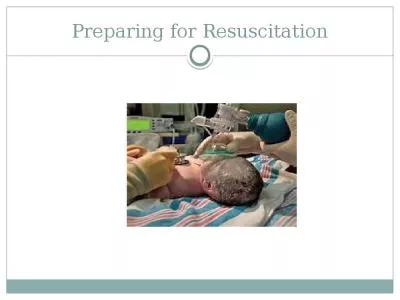PPT-PREHOSPITAL RESUSCITATION: PROBLEMS, SUCCESSES AND RECOMMENDATIONS ACCORDING TO MODERN
Author : bency | Published Date : 2024-01-03
YaMKitsak OHTys RMLiakhovych M Ya Djus Resuscitation a set of measures aimed at restoring severely impaired or lost vital functions of the body cardiopulmonary
Presentation Embed Code
Download Presentation
Download Presentation The PPT/PDF document "PREHOSPITAL RESUSCITATION: PROBLEMS, SUC..." is the property of its rightful owner. Permission is granted to download and print the materials on this website for personal, non-commercial use only, and to display it on your personal computer provided you do not modify the materials and that you retain all copyright notices contained in the materials. By downloading content from our website, you accept the terms of this agreement.
PREHOSPITAL RESUSCITATION: PROBLEMS, SUCCESSES AND RECOMMENDATIONS ACCORDING TO MODERN: Transcript
Download Rules Of Document
"PREHOSPITAL RESUSCITATION: PROBLEMS, SUCCESSES AND RECOMMENDATIONS ACCORDING TO MODERN"The content belongs to its owner. You may download and print it for personal use, without modification, and keep all copyright notices. By downloading, you agree to these terms.
Related Documents

